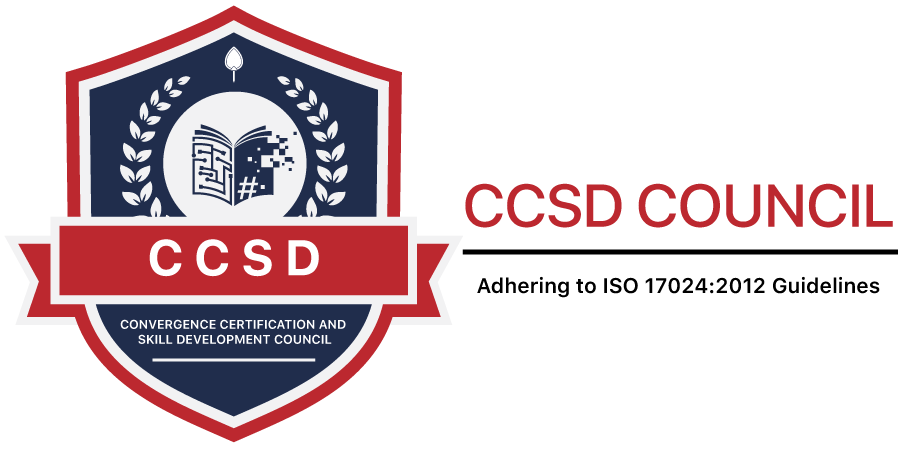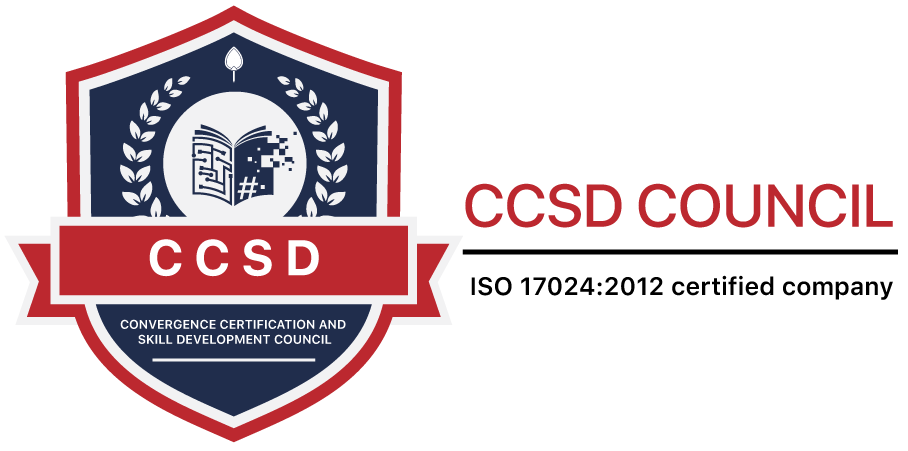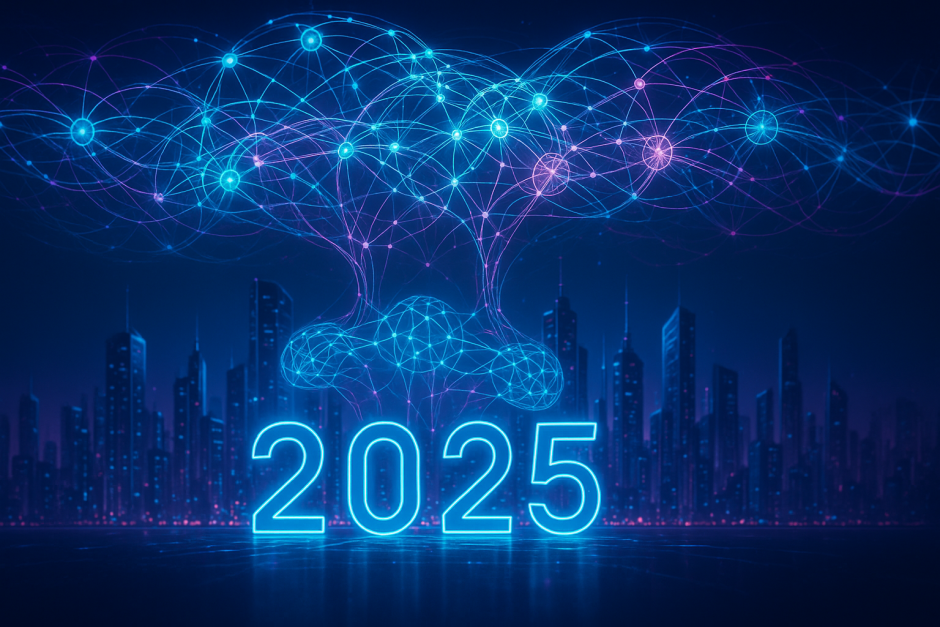The Foundation-Model Frenzy: How 2025 Has Rewritten the AI Playbook
Introduction
Eight months into 2025, AI progress feels less like incremental improvement and more like an arms race of imagination. Frontier labs are shipping ever-larger, ever-smarter models, multimodality has graduated from “cool demo” to table-stakes feature, and open-weight releases are forcing tech giants to rethink their moat strategies. Below is a mid-year pulse check on what’s changed—and why it matters.
1. 2025’s New Flagships
- GPT-5 (OpenAI). Reuters reports the model is slated for an early-August debut and, unlike earlier generations, will bundle multiple specialist subsystems (“o-series,” chain-of-thought engines, etc.) under one umbrella for broader task coverage.Reuters
- Gemini 2.5 (Google DeepMind). Released in March, Gemini 2.5 Pro Experimental tops most public reasoning and coding benchmarks while offering competitive token pricing, cementing Google’s comeback in the model-quality league tables.blog.google
- Claude 4 (Anthropic). The Opus tier excels at long-running code and agent workflows, extending Anthropic’s focus on controllability and safety.Anthropic
- Llama 4 (Meta). Meta’s first natively multimodal, open-weight model ships in two variants—Scout and Maverick—both boasting 256-k token windows that dwarf most proprietary peers.Meta AI
2. Key Technical Leaps
2025 models aren’t just bigger; they’re architecturally different. GPT-5’s federated design aims to let smaller expert modules cooperate instead of relying on a single monolith, addressing latency and cost.Reuters Meanwhile, Gemini 2.5’s “thinking model” branding underscores an industry-wide pivot toward better planning and tool-use rather than raw text completion.blog.google And with ≥200-k context windows now common (Llama 4, Gemini 2.5 flash), retrieval-augmented work that once required vector DB gymnastics can be done with a single prompt.
3. Multimodal Goes Mainstream
Video generation is this year’s breakout modality:
- OpenAI Sora expanded to 1080 p, 20-second clips and native asset-extension workflows.OpenAI
- Runway Gen-3 Alpha/Turbo dramatically boosts motion fidelity and cuts inference cost, giving indie creators commercial-grade visuals.Runway
- Meta’s Llama 4 proves that “open-weight” and “multimodal” can coexist, accelerating community innovation in vision-language tasks.Meta AI
Expect the second half of 2025 to bring Sora 2, deeper audio-sync, and 60-sec outputs as hinted by recent leaks.Tom’s Guide
4. Open vs. Closed—Lines Blur
OpenAI confirmed plans for its first modern open-weight language model, signaling that “closed weights” is no longer the default commercial stance.Reuters Combined with Meta’s permissive Llama license, developers now mix-and-match open and proprietary checkpoints to hit cost or privacy targets without giving up quality.
5. Spending Sprees & ROI Jitter
Meta’s Mark Zuckerberg floated a $100 billion multiyear bet on “personal superintelligence,” even as analysts note generative AI has yet to move Big Tech’s revenue needle.Financial Times The tension between visionary roadmaps and unproven payoffs is the story to watch heading into Q4 earnings.
6. What to Watch Next
- Agent frameworks that auto-decompose tasks across multiple specialized models.
- Edge accelerators tuned for small language models (SLMs), allowing on-device reasoning.
- Regulatory granularity—especially how EU AI-Act GPAI guidelines translate into actual audit checklists for model providers.artificialintelligenceact.eu
2025 isn’t the year AI became safe or solved—but it is the year foundational AI became genuinely foundational to almost every digital experience.





